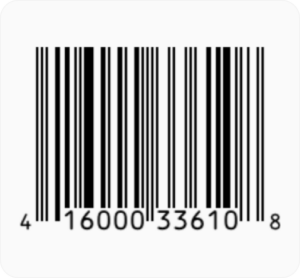What is a Barcode?
A barcode is a machine-readable pattern used to store and transmit data. The following article will explain barcode terminology, including the definition, a typical example, and a brief history.

Two kinds of barcodes
There are two general types of barcodes: 1-dimensional (1D) and 2-dimensional (2D).
Barcode Definition
A barcode is a visual representation of data that barcode scanners can read. It consists of a series of parallel vertical lines and spaces of varying widths representing a unique code or identification number. Barcodes are commonly used in retail stores, manufacturing, and logistics industries to quickly and accurately track inventory, manage assets, and perform other tasks.
Barcode Example
An example of the numerous types of barcodes is the Universal Product Code (UPC), commonly used in retail environments. A UPC barcode consists of 12 digits, with the first digit representing the product type and the remaining digits representing the manufacturer and specific product code. When scanned by a barcode reader, the data encoded in the barcode is transmitted to a computer or other device for further processing.

Barcode History
The first barcode was invented in the 1940s by Bernard Silver and Joseph Woodland, who were looking for a way to read product information during checkout in grocery stores automatically. The first barcode system consisted of a series of concentric circles. This was later replaced by the linear barcode that is still commonly used today.
Can you guess what the first item ever scanned was? Check out our blog post about who invented the barcode.
In the 1970s, the development of laser technology made it possible to read barcodes at high speeds, which led to the widespread adoption of the technology in the retail industry. Today, barcodes are used in a wide variety of industries and applications, including tracking inventory management, shipping and receiving, and asset tracking.



